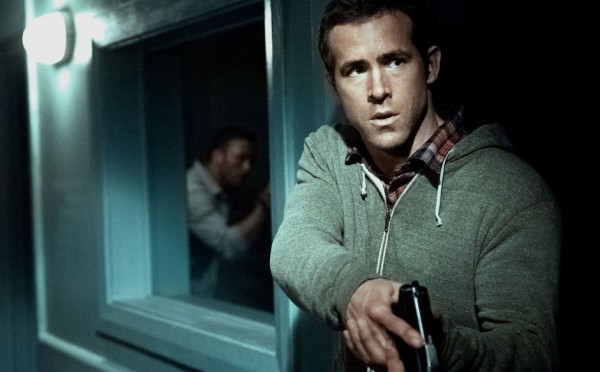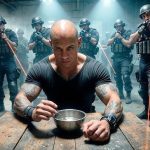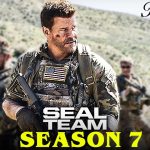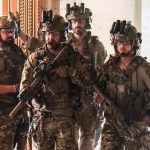Safe House (2012)
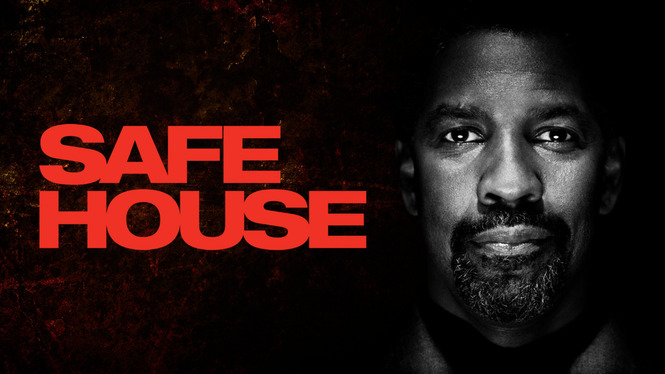
Safe House (2012) is an action-packed thriller that explores themes of loyalty, betrayal, and survival within the high-stakes world of espionage. Directed by Daniel Espinosa and starring Denzel Washington and Ryan Reynolds, the film combines intense action sequences with a layered storyline that examines the moral ambiguity inherent in the intelligence field. Washington plays Tobin Frost, a highly skilled CIA operative who has gone rogue, while Reynolds portrays Matt Weston, a young and ambitious CIA agent thrust into a dangerous situation that tests his resolve and ethics.
The story begins with Frost, a former CIA operative who has become one of the agency’s most wanted fugitives after selling classified information to foreign powers for years. While operating in Cape Town, South Africa, Frost acquires a microchip containing sensitive intelligence that could expose numerous covert operatives. Pursued by assassins, he seeks refuge at the U.S. consulate and is captured by the CIA, who transport him to a safe house overseen by Weston.

Weston, a low-level operative frustrated by his routine assignment, views the opportunity to guard Frost as a career-defining moment. However, his life is turned upside down when the safe house is ambushed by mercenaries intent on capturing Frost. Thrust into a dangerous game of cat and mouse, Weston is forced to flee with Frost, embarking on a relentless pursuit through the city as he struggles to keep his fugitive charge alive. The ambush leaves Weston questioning who he can trust, as he realizes that there may be forces within the CIA orchestrating the events unfolding around him.
The dynamic between Frost and Weston is at the heart of the film. Washington brings charisma and menace to Frost’s character, embodying a man who is both ruthless and calculating but also oddly insightful and reflective. Throughout their journey, Frost challenges Weston’s perception of loyalty and trust, exposing him to the moral complexities and ethical compromises that come with working for the CIA. Frost’s cynicism about the agency, based on years of disillusionment and betrayal, forces Weston to confront uncomfortable truths about the organization he serves. Reynolds delivers a strong performance as Weston, evolving from a naïve agent eager to prove himself into a hardened operative questioning his own values.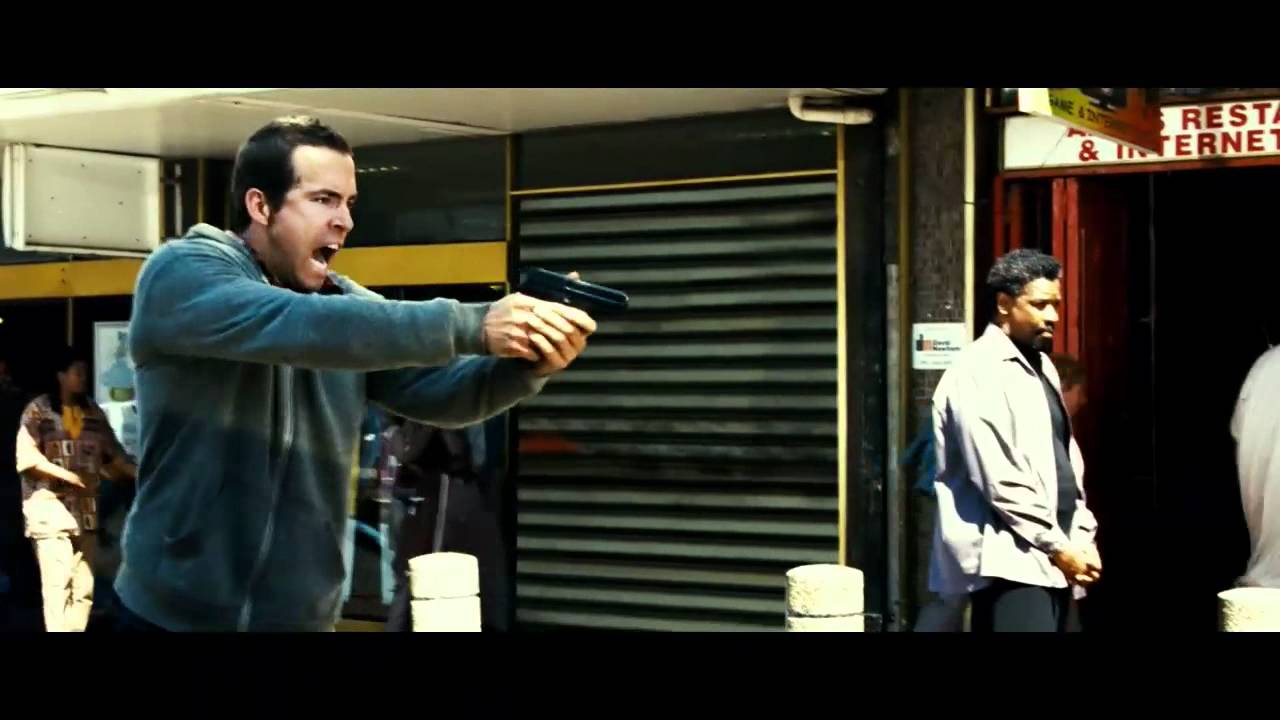
As the story progresses, Weston finds himself torn between his duty to capture Frost and his growing suspicion that Frost might be right about the corruption within the agency. Frost, for his part, is constantly evaluating Weston, testing his resolve, and even offering advice on survival tactics. Their uneasy alliance is filled with tension and mutual distrust, yet there are moments of unexpected camaraderie, as Frost sees in Weston a version of himself from his early days in the CIA. The interaction between the two characters is electric, driving the narrative forward and adding psychological depth to the intense action scenes.
The film’s action sequences are visceral and well-executed, featuring car chases, hand-to-hand combat, and brutal gunfights that maintain a relentless pace. The streets of Cape Town serve as a gritty backdrop, with the cinematography capturing the city’s urban landscapes and enhancing the atmosphere of paranoia and danger. Each action set piece feels grounded and realistic, adding to the film’s sense of urgency as Weston and Frost evade relentless pursuers while grappling with their own conflicts.
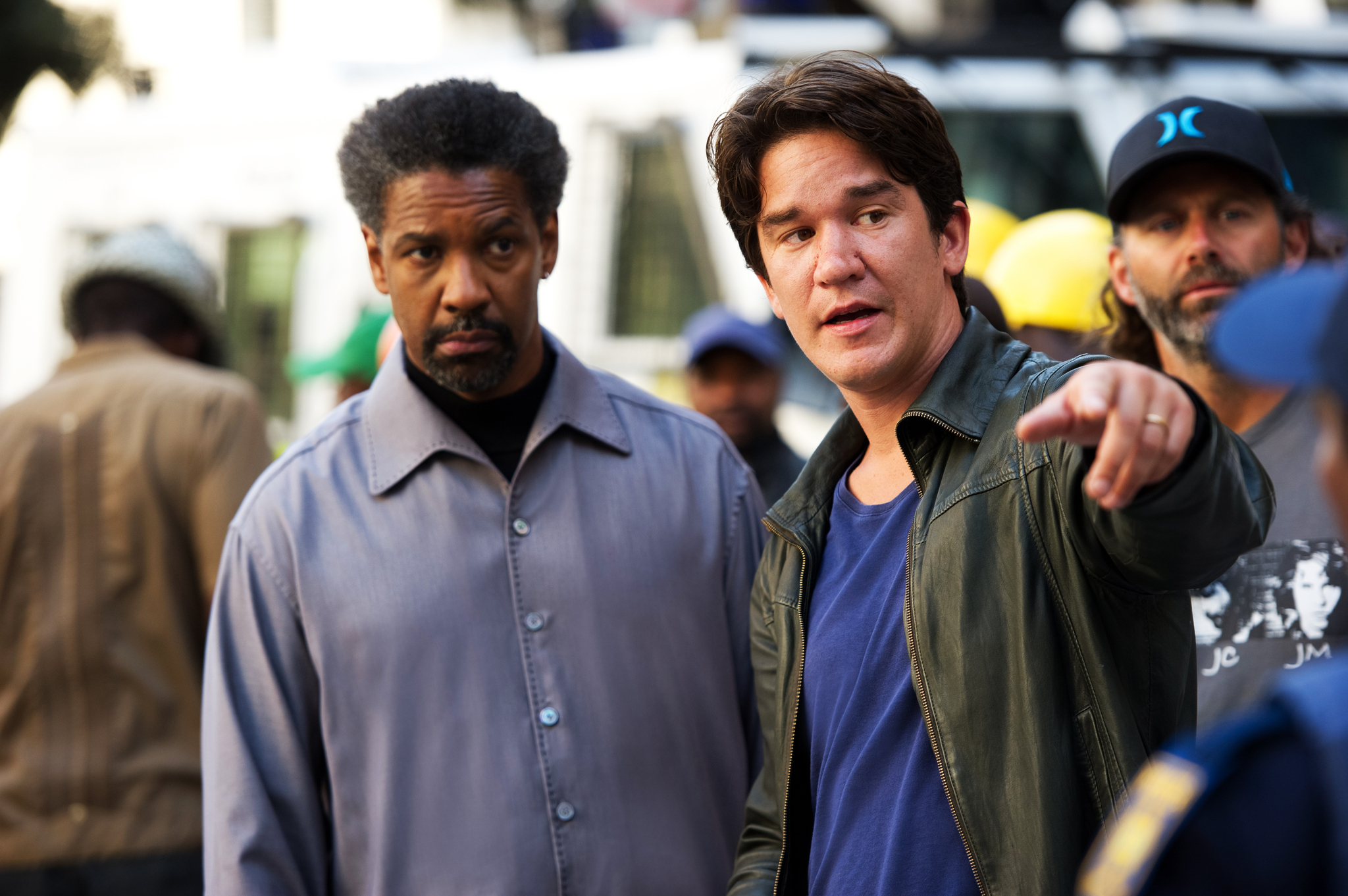
A significant twist unfolds as Weston discovers that the CIA may be involved in the plot to eliminate Frost. The revelation exposes a web of corruption at the agency’s highest levels, revealing that the very people Weston trusted may be complicit in the conspiracy. This betrayal deepens the tension, forcing Weston to make difficult choices as he decides whether to continue following orders or take matters into his own hands. The journey becomes as much about survival as it is about discovering the truth, with Weston’s disillusionment mirroring Frost’s journey from idealistic agent to cynical fugitive.
In the climactic scenes, Weston confronts those responsible for the betrayal, and he realizes that his loyalty to the agency has been manipulated. His transformation reaches its peak as he takes decisive action to protect himself and expose the corruption within the CIA. This journey from naive loyalty to self-reliant determination underscores the film’s central message about the cost of loyalty in a world where trust is constantly under threat.
Safe House received praise for its intense pacing and the performances of Washington and Reynolds, whose chemistry elevates the film beyond typical action-thriller fare. Critics noted the film’s willingness to explore the darker aspects of espionage, examining the ethical dilemmas faced by individuals within powerful institutions. The story’s moral ambiguity and themes of institutional betrayal add depth to the action, making it not only a high-octane thriller but also a commentary on the complexities of trust, duty, and personal integrity.
The film leaves audiences questioning the true cost of loyalty, especially when that loyalty is extended to an institution with hidden agendas. With its dynamic performances, thrilling action, and exploration of moral ambiguity, Safe House (2012) stands out as a compelling addition to the spy-thriller genre, challenging viewers to consider the blurred lines between right and wrong in the world of espionage.